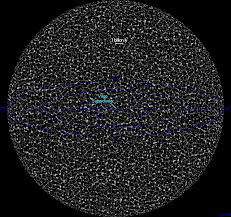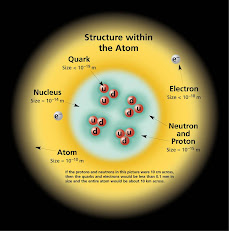*
The following article was written by Messrs. Jesse Ang, Carlos Lu, Filemon Chua, Romeo Teh, and John Tantiongloc, Jr in partial submission of the requirements in the course IE 54 Management Information System of the UP College of Engineering Department of Industrial Engineering circa 1980. It was taken from the Management Games Institute.
The systems approach is one of the new approaches which underly much of the recent success in large and complex engineering tasks. In the systems approach, analysis is substituted for the less precise intuitive approach.
A system is an arrangement of elements (people, hardware, information and so forth) organized to achieve a particular goal – “to do a particular job.” Essential to this definition is the notion of the goal – the “particular job.” In systems analysis, the “particular job” is the output of the system.
A process is a set of operations by which materials, forces and/or information are manipulated and/or rearranged to give an output that has greater value than those materials, forces and/or information by themselves. This is often referred to as a “black box” – a set of operations (which may or may not be described) and which yield a particular output. It is usually possible (and often desirable) to conceive of the process as merely a “black box.” The internal operations of this black box are unknown and can be inferred from the output produced from a given set of inputs.
Essential to successful operation of the total system are controls. Controls are the rules, instruction and programs that determine the nature, speed and sequence of operations in the process.
Lastly, to operate successfully, the system must provide feedback. Feedback is information about the output; it tells us the answer to every manager’s question: How are we doing?
There are five elements in any system. Thinking about a business operation in terms of these five elements is what is called the “systems approach.” The five elements are:
1. Input: What the system operates on or with
2. Output: What the system produces
3. Process: What the system does to the input to produce the output
4. Control: The rules by which the process operates
5. Feedback: Information about the output brought back to the input and used to adjust the process so that the desired output is produced
A schematic diagram of the five elements is shown on the side bar.
Wednesday, November 25, 2009
Subscribe to:
Post Comments (Atom)






No comments:
Post a Comment